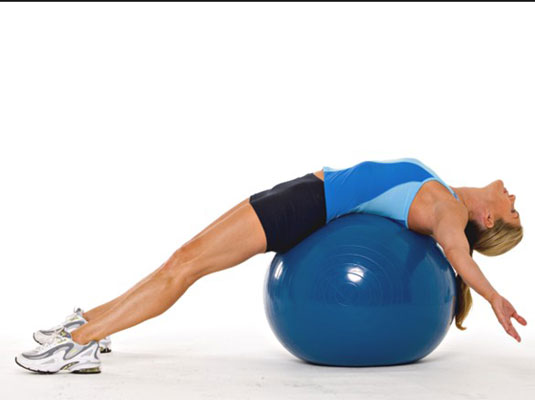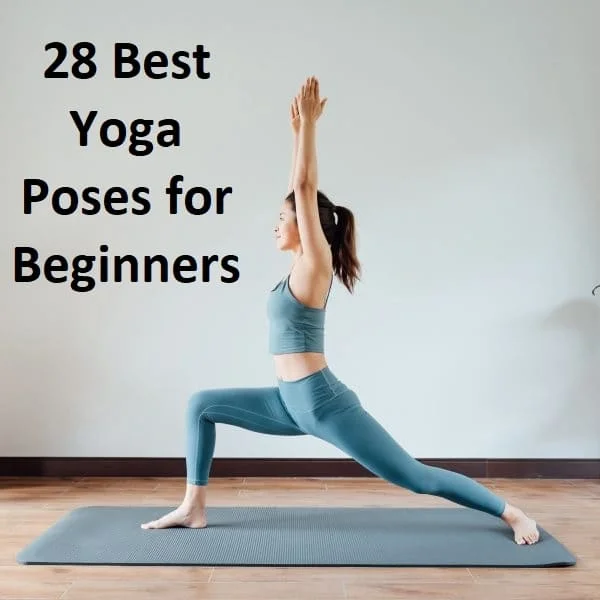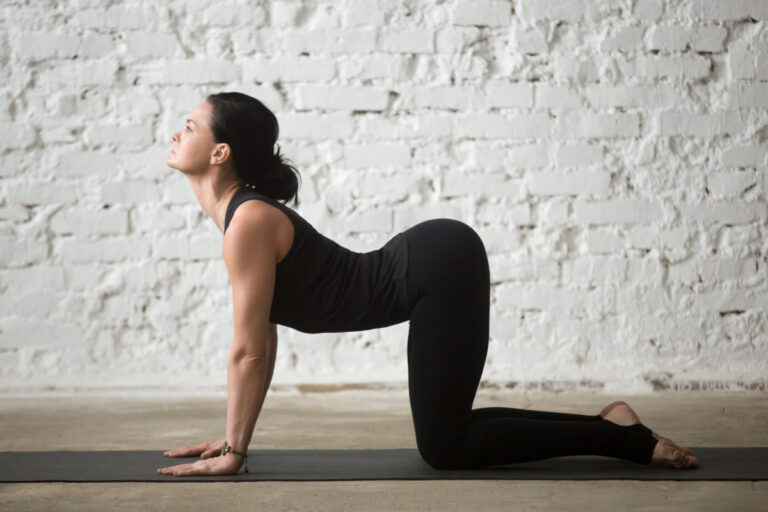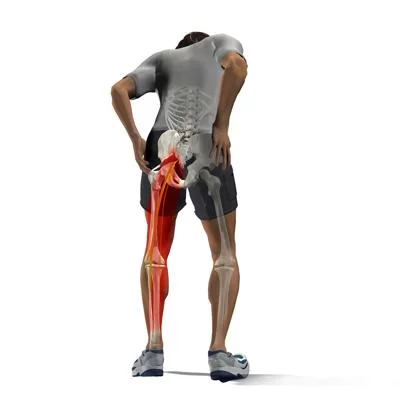Rectus abdominis stretching exercise: Health Benefits, How to do?
What is Rectus abdominis stretching exercise?
Rectus abdominis stretching exercise is an important exercise to improve flexibility of lower back and there are many health benefits if you doing exercise regularly.
The rectus abdominis muscle is located in between the ribs and the pubic bone at the front of the pelvis. When this muscle is contracted, the characteristic bumps or bulges are commonly known as the six-pack. The main action of this muscle is to move your body between the rib cage and the pelvis.
The main function of these muscles is Trunk flexion, which compresses abdominal viscera and expiration.The rectus abdominis is the muscle of your abdomen known as the desired six-pack appearance. The Rectus abdominis is not commonly injured, but you can still experience muscle tightness after abdominal toning exercises, so a good stretching routine can decrease the discomfort of tight muscles. Even if this muscle is not tight, these stretches feel great any time of the day.
Health benefits of rectus abdominis stretching exercise.
- A good posture: When your rectus abdominis muscles are weak, you may naturally tend to slouch posture due you do not have the musculature to support proper alignment. Strong abdominals help you to maintain good posture by helping prop up your spine so it feels more natural to stand tall with your arms and legs in alignment.
- Helps to give a better performance in sports.
- Helps to give you a Firm and toned trunk This stretching Reduces Back Pain: The abdominal muscles act as an anchor for muscles of the middle and lower back. If your abdominals are tight, it forces the back muscles to work harder to support your middle and lower back.
- Rectus Abdominal stretch increases the endurance of the muscles of your back so you fatigue less easily and are less vulnerable to strain or injury.
- Reduce the tightness of the muscles, resulting in you an increased range of motion.
- Improves flexibility and mobility-Stretching a muscle after a workout can help increase flexibility and mobility.
- Boosts recovery-By stretching your abs, you are helping the muscles back to full motion and recover faster so you can work out again soon.
- Brace your body for exercise-Doing dynamic stretches — stretches based on the motion before you work outlet your abdominal muscles to warm up and to get prepared for the activity ahead.
Variations of Rectus abdominis stretching exercise
Basic Standing Stretch
How to do it?
- The most basic stretch for the rectus abdominis is the standing abdominal stretch.
- To perform this you have to Stand tall with your feet together and elevate your arms over your head.
- Your fingers are extended so the palms of your hands are facing the ceiling.
- Lift your chest as you arch your back. Keep your arms extended toward the ceiling as you move your arms behind your head.
- Hold this stretch for thirty seconds and then rest for thirty seconds before performing the stretch 2 more times.
Belly Down Stretch

How to do it?
- The belly down stretch is commonly known as the Cobra pose in yoga, which gives you a full stretch to the midsection of your abdominals.
- To begin this stretch, lie on your stomach with your legs extended behind you so the tops of your feet are in contact with the ground.
- Flexed your elbows and put your palms close to your body and flat on the floor so they are even with your chest.
- Front of your pelvis should be in close contact with the ground, extend your elbows so your back arches and the front of your body is elevated from the ground. Pull your shoulders back as you push your chest up.
- Your head remains in a neutral position as your eyes directly face the wall in front of you.
- Your arms do the work of supporting your body, so be sure to keep your abdominals and back relaxed for the duration of the stretch.
- Hold this stretch for 30 seconds and then rest for 30 seconds before repeating the stretch twice.

Stability Ball Backbend
How to do it?
- This stretch allows you to perform a backbend while offering body-weight support. For added stability, this stretch can be done with the ball next to a wall.
- To do this stretch, lie on your back over the stability ball so both your upper and lower back are touching the ball.
- The wider your legs are spread, the greater your level of balance will be during the stretch since this increases the size of your base.
- Stretch your arms behind you so your palms touch the floor and your fingers are facing the stability ball.
- Allow your body to fall deeper into the stretch by relaxing your abdominal muscle and back as they take the shape of the ball.
- As with the other stretches, hold this stretch for thirty seconds and repeat it three times.
There are some mistakes you shouldn’t do during the rectus abdominis stretch.
Overstretching: Overstretching during this abdominal stretch could raise the risk of injury and even pulling a muscle, most likely in the obliques. You have to stretch the muscle enough that you feel the stretch only and nothing more, but you should stop stretching the muscle as soon as you feel any pain. Overarching the back: Overarching the back puts extra stress on the muscles in your trunk, as well as your thighs and hamstrings.
Leaning too far over laterally: Leaning too far during abs stretch causes a rise in the risk of injuries by giving extra strain to the obliques. Instead, move in a comfortable yet stretching circular movement.
Going too slow: This is one of the ab stretches that needs to be done at a moderate speed. The crunching action should be a slow and controlled motion as moving too fast would put a strain on your obliques.
Putting your head on the ball: You don’t need to overextend the back and have your lower back on the floor as this could cause backache and strain. Instead, assure you have your shoulders and lower back raised onto the ball for optimal support.
Pushing from the toes: Pushing from the toes can be dangerous and give strain on the legs and back.
Moving too quickly: Stretching is slow-motion, and rushing won’t allow you to feel the full advantages of ab workout stretches. So avoid rushing through this motion, take it slow and assure that you feel the muscles stretching.
Bending the knees: In standing abs stretch, You have to stand up with your knees straight when doing this ab stretch. Bending the knees will risk the stretch and ultimately give unnecessary pressure on the legs and knees.







